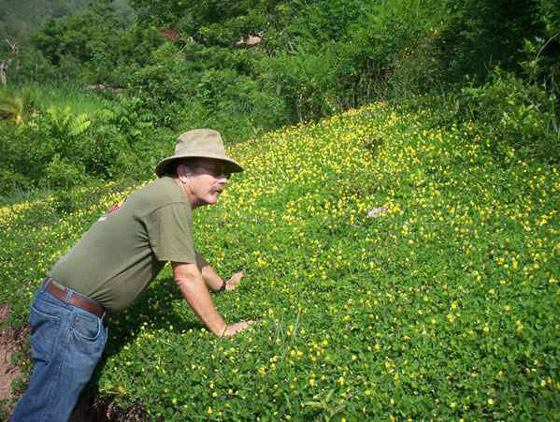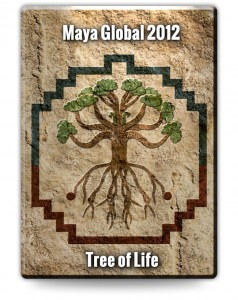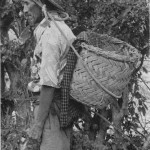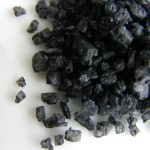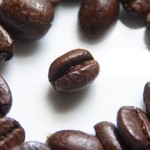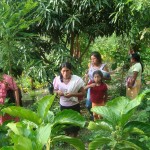The Maya and the “New Useful Forest”…Why? Part 1
For more than six months after my family’s trip to Honduras in September 2006, I could not shake the vision of the poverty and environmental conditions the Maya people have had to endure for so long. After many discussions with my sons, Ian and Vincent, (accessing their millennium generational view points and values) I asked myself, “as a business person, is there something I (we) could do to help reverse these conditions besides donating money to a non-profit?”
During these six months, I had many discussions with David Sedat and Lorenzo Gottschamer and asked them if they were interested in meeting. They enthusiastically agreed. For three weeks, I traveled through Honduras and Guatemala with them. They shared their ideas and listened to mine regarding a viable business model that would afford rural Mayans an opportunity for a high-value chain (return) and sustainability for socio-economic prosperity. I needed to understand David’s “New- Useful Forest” development and Lorenzo’s thirty plus years of sustainable agriculture with the Macadamia nut.
I was not disappointed. In addition to becoming close friends, I departed with a lot of information and ideas. If I had only known then that I would be telling this story six years later, after many evolutionary changes in development! However, I would not change a thing…and I hope you agree with me after reading my story.
The “New Useful Forest”
David Sedat’s “New Useful Forest” (NUF) is a working term for a staged, multi-level agro-forestry component that is culturally congruent with communities of “Maya” people who live synergistically with the sources of their livelihood—the soil, the water, and the plants that spring from these, and are connected to a wider world market system through socially conscious networks.
It has become recognized that the ancient Maya practiced various systems of intensive agriculture, depending on local conditions. One of the systems identified by archaeologists is an artificial forest that once may have spread across much of the Maya lowlands, providing diverse and highly efficient food production from multi-level cropping. This model of a forest of useful species, providing an array of tree crops, vine crops, and root crops together with standard seed crops, was derived in part from observation of modern Maya farmers who did not clear-cut the forest, but left standing selected useful trees to provide food, medicines, building materials, fuel, and many other valuable products. Accordingly, the concept of a “New Useful Forest” (NUF) is in reality based on an ancient cultural feature developed by the Maya and still practiced by descendants of the builders of the once grand cities like Copan. Thus, the model of the NUF has proved to be a sustainable economic/subsistence system to promote in the Maya World because it passes the “cultivability test”, whereby the techniques, goals, and rationale are not imposed by foreign tastes, but eminently coherent both culturally as well as locally adaptive.
The NUF model is based on the practical experience and insights derived from over 11 years of work on the Sedat’s Copan 2012 Experimental Botanical Station. It is situated on highly eroded steep terrain many times surpassing a 45 degree slope. The NUF uses a system of paths, micro-terraces and living hedgerows all working together to slow and redirect water run-off and help control erosion. No burning, chemical insecticides or artificial fertilizers are used; and amid the natural growth of native species a number of other tree species (fruit, nut, medicinal etc.) are planted.
Be sure to check in next week for “The Maya and the ‘New Useful Forest’…Why? – Part 2.”
